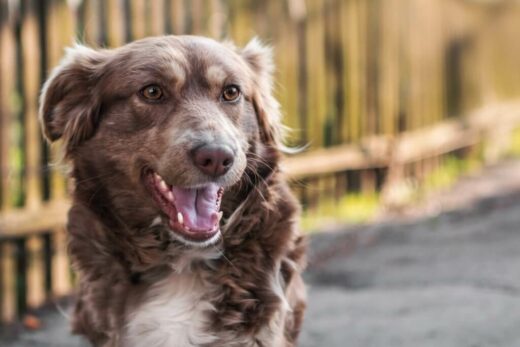Brachycephalic dog breeds, or those with shortened skulls, have experienced a notable rise in popularity in recent years. Recognized for their smooshed faces, many of these dogs unfortunately experience several major problems with respiration and temperature regulation, as well as issues with eyes, teeth, skin, and even reproduction. How did these breeds come to be, and what potential health issues should pet owners be aware of?
What does brachycephalic mean?
Canine brachycephaly is a condition created by humans, the result of years of selective breeding, notes researcher K.J. Ekenstedt. The development of the shortened skull likely originated from selective breeding for advantage in fighting, according to Ekenstedt. A short snout was considered to result in stronger jaws for biting. Now, people seem to gravitate toward the rounded cheeks, large heads, and bulging eyes of French Bulldogs, Pugs, Bulldogs, Boston Terriers, and Boxers simply because they are cute.
What health issues are these dogs prone to?
Brachycephalic dogs are predisposed to a number of serious, potentially life-threatening health issues as a direct result of their abnormal head shape. These complications can diminish a dog’s quality of life and be expensive for pet owners to address.
Brachycephalic Obstructive Airway Syndrome
The skeletal structure of brachycephalic dogs results in the compression of their air passages. Abnormal soft tissue in the respiratory tract restricts airflow, resulting in significant challenges in their ability to breathe. According to Premier Veterinary Hospital, hyperthermia, or overheating, is also common in dogs suffering from Brachycephalic Obstructive Airway Syndrome (BOAS), as they are unable to cool themselves efficiently. This can lead to overheating, heat stroke, and even death.





